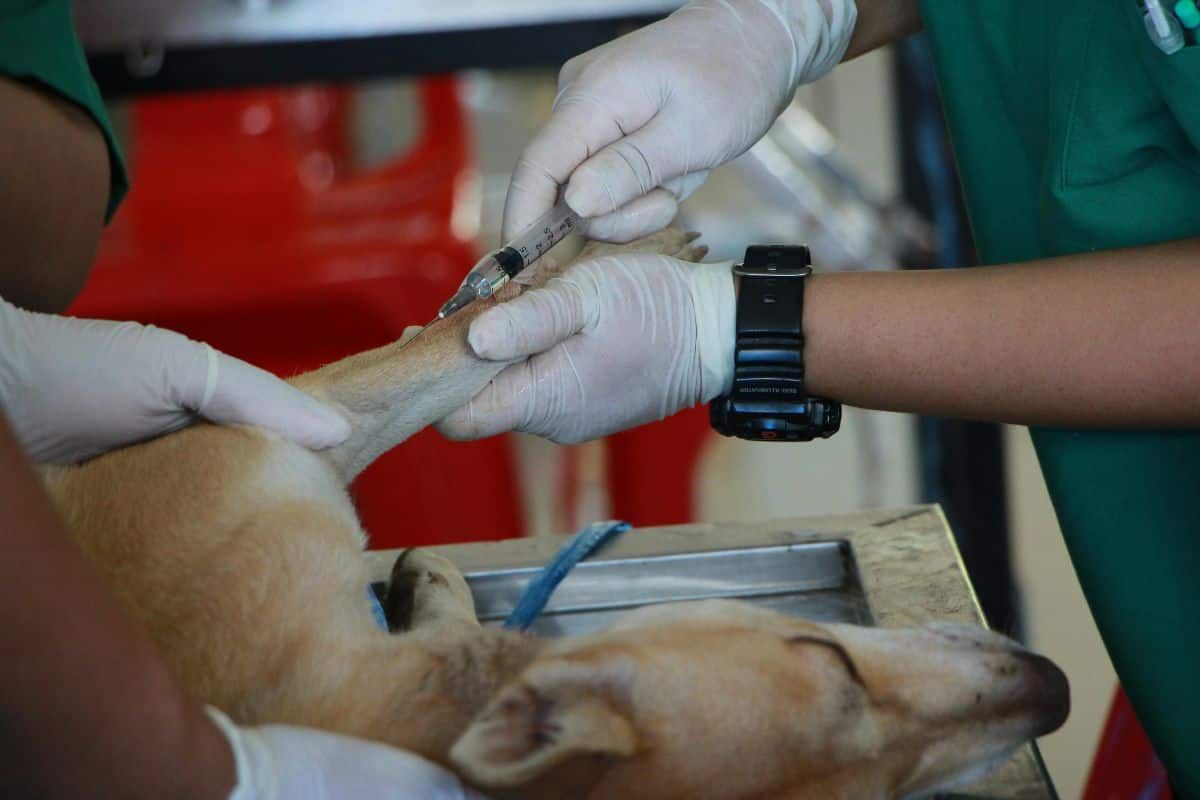Making beer is both an ancient craft and a rewarding modern hobby. At its core, beer is created through a natural process where grain, water, hops, and yeast come together to produce something far greater than the sum of its parts.
Whether you’re brewing in a large-scale brewery or your own kitchen, the foundational steps remain the same.
From extracting sugars out of grains to watching yeast turn those sugars into alcohol, the brewing process is a mix of science, art, and a little bit of patience.
While there are many styles of beer and endless ways to tweak flavor, strength, and aroma, the overall journey always follows the same four fundamental steps.
Once you understand these, you have the keys to endless experimentation. Here’s a breakdown of the core stages in making beer, explained clearly and simply, from start to finish.
1. Mashing
In the first step, malted grains like barley are crushed and mixed with hot water in a large vessel called a mash tun. This mixture is held at a steady temperature, usually between 150 to 155°F (65 to 68°C), for about an hour. During this time, natural enzymes in the malt activate and break down the starches in the grain into simple sugars. The resulting sweet liquid is called wort, and it will serve as the foundation for fermentation later on.
2. Boiling
Once the wort is separated from the grains, it is transferred to a kettle and brought to a vigorous boil, usually for 60 minutes. Hops are added during the boil at specific times depending on the desired flavor profile. Hops added early in the boil give bitterness, those added in the middle add flavor, and late additions or post-boil additions (called dry hopping) contribute aroma. Boiling also kills any unwanted microbes and evaporates volatile compounds that could negatively affect the flavor.
3. Fermentation
After boiling, the hot wort is cooled quickly to a temperature safe for yeast, typically around 65 to 75°F (18 to 24°C) for ales. The cooled wort is then moved to a sanitized fermentation vessel, and yeast is added or pitched. The yeast consumes the sugars from the wort and produces alcohol, carbon dioxide, and various flavor compounds. This fermentation process usually takes one to two weeks. During this time, the liquid transforms from sweet wort into alcoholic beer.
4. Bottling and Conditioning
Once fermentation is complete, the beer is carefully transferred into bottles or kegs to avoid disturbing the yeast sediment at the bottom. A small amount of sugar, known as priming sugar, is mixed in before sealing. The remaining yeast consumes this sugar, creating carbonation naturally inside the sealed container. The beer is then conditioned at room temperature for about one to three weeks to allow it to carbonate and develop its flavors. After conditioning, it’s chilled, poured, and enjoyed.











